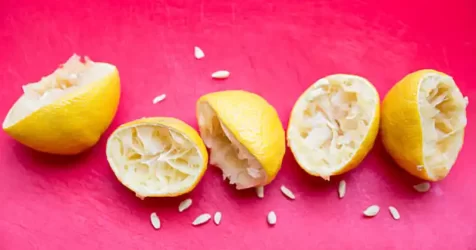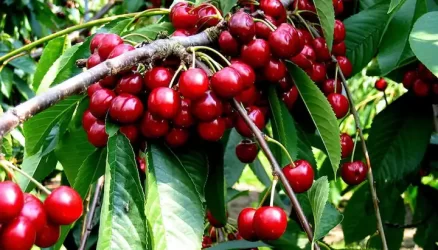Harvesting and Utilizing Docks (Rumex): A Nutrient-Rich Wild Edible for Year-Round Use
Docks (Rumex spp.) are a versatile and nutritious genus of plants found across various global environments. Despite their often-overlooked status, species like Curly Dock (Rumex crispus) and Broad-leaved Dock (Rumex obtusifolius)offer significant health benefits and sustainable food sources. This guide explores the nutritional value of Docks, how to harvest them, and creative ways to include them in your diet.
Understanding Docks: A Global Foraging Treasure

Docks are part of the Polygonaceae family and thrive in diverse climates, from meadows to roadsides. These resilient perennials are easy to forage, making them a valuable resource for sustainable eating.
- Curly Dock: Known for its slender, wavy-edged leaves, Curly Dock is rich in vitamins A and C, as well as iron and calcium. Harvest the tender young leaves in the spring for the best flavor and nutritional content.
- Broad-leaved Dock: This variety has broader, heart-shaped leaves and is more commonly used medicinally due to its stronger, bitter taste as it matures.
Harvesting and Using Curly Dock Leaves
Curly Dock leaves are a nutritious addition to your diet, especially when harvested early in the season. Here’s how to make the most of them:
Harvesting Tips: The ideal time to harvest Curly Dock leaves is early spring. Cut the young, tender leaves close to the base and avoid the older, more bitter leaves.
Culinary Uses:
- Sautéed Greens: Sauté washed Curly Dock leaves with garlic and olive oil for a simple, tangy side dish. Enhance the flavor with lemon juice or Parmesan cheese.
- Pesto: Blend fresh Curly Dock leaves with garlic, nuts, olive oil, and Parmesan for a unique, nutrient-rich pesto that’s perfect for pasta or sandwiches.
- Nutritional Benefits: Curly Dock is particularly rich in vitamin C, which supports the immune system, and iron and calcium, essential for healthy bones and blood.
Harvesting and Using Dock Seeds
As summer progresses, Dock plants produce seeds that are another valuable resource:
When to Harvest: Dock seeds are ready when they turn deep brown and separate easily from the plant, typically from mid to late summer.
How to Harvest: Cut the seed stalk and hang it upside down in a mesh bag to dry and collect the seeds.
Processing the Seeds:
- Raw: Sprinkle raw Dock seeds over salads or granola for a nutrient-dense crunch.
- Roasted: Roast Dock seeds to enhance their nutty flavor, then grind them into flour or use them whole in baked goods.
- Flour: Ground Dock seeds can be mixed with other flours for making breads, crackers, and pancakes, providing an earthy flavor and high calcium content.
Preserving Dock for Year-Round Use
Dock leaves and seeds can be preserved to ensure a year-round supply:
- Storing Leaves: After harvesting, blanch the leaves and freeze them to preserve their nutrients.
- Storing Seeds: Fully dried Dock seeds can be stored in airtight containers in a cool, dark place, lasting several months.
Health Benefits and Considerations
While Docks offer substantial health benefits, there are a few considerations to keep in mind:
- Oxalic Acid Content: Dock leaves contain oxalic acid, which can interfere with calcium absorption if consumed in large quantities. Cooking the leaves reduces oxalic acid levels, making them safer for regular consumption.
- Allergies and Reactions: If you’re new to foraging, start with a small amount of Dock to ensure you don’t have an allergic reaction. Proper identification is crucial to avoid confusion with non-edible or toxic species.

Docks (Rumex spp.) are an incredible, often underutilized wild edible with numerous culinary and nutritional benefits. From the vitamin-rich young greens of Curly Dock to the calcium-packed seeds, this plant offers a sustainable and versatile food source. Incorporating Docks into your diet enhances meals with a nutritious, foraged ingredient that supports health and self-sufficiency.
Happy foraging!
For more on the benefits of common sorrel, another nutritious wild edible, visit The Remarkable Benefits of Common Sorrel (Rumex acetosa).
Learn about other sustainable food sources in Perennial Edibles: 10 Food Plants That Come Back Every Year.



















